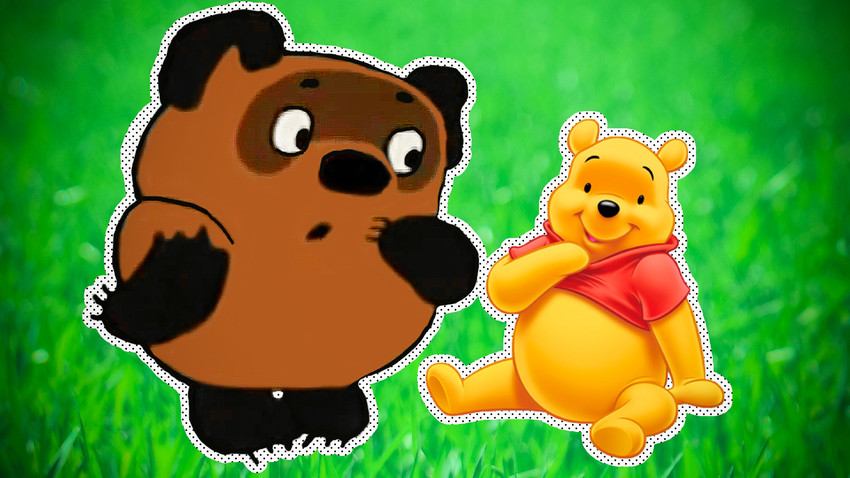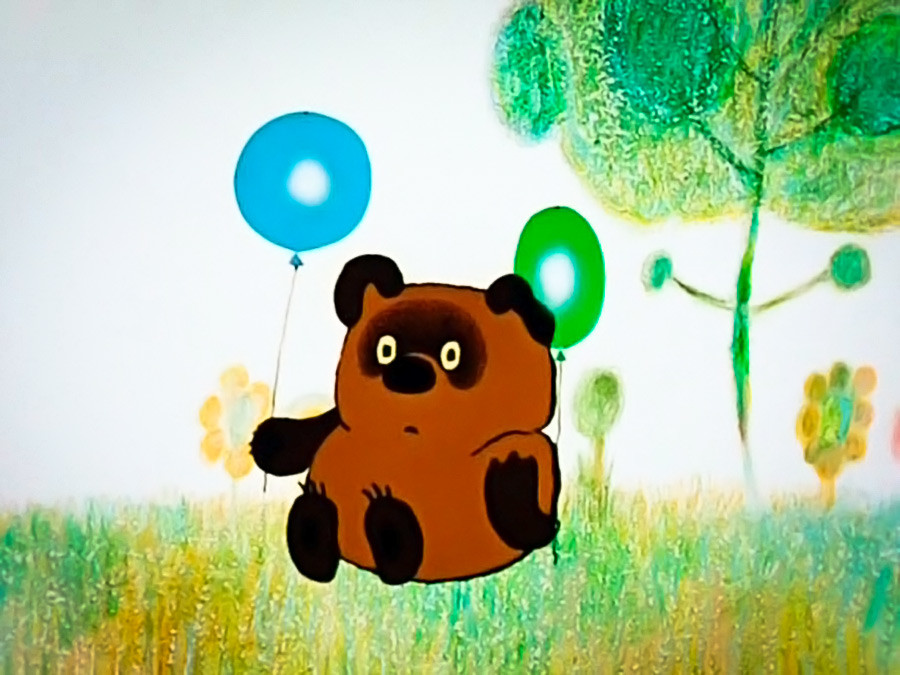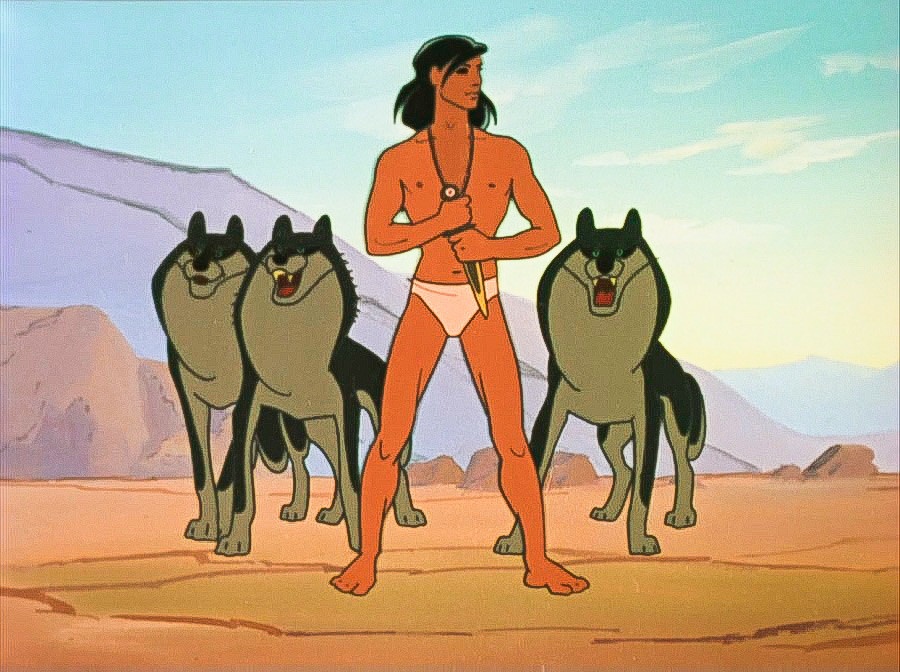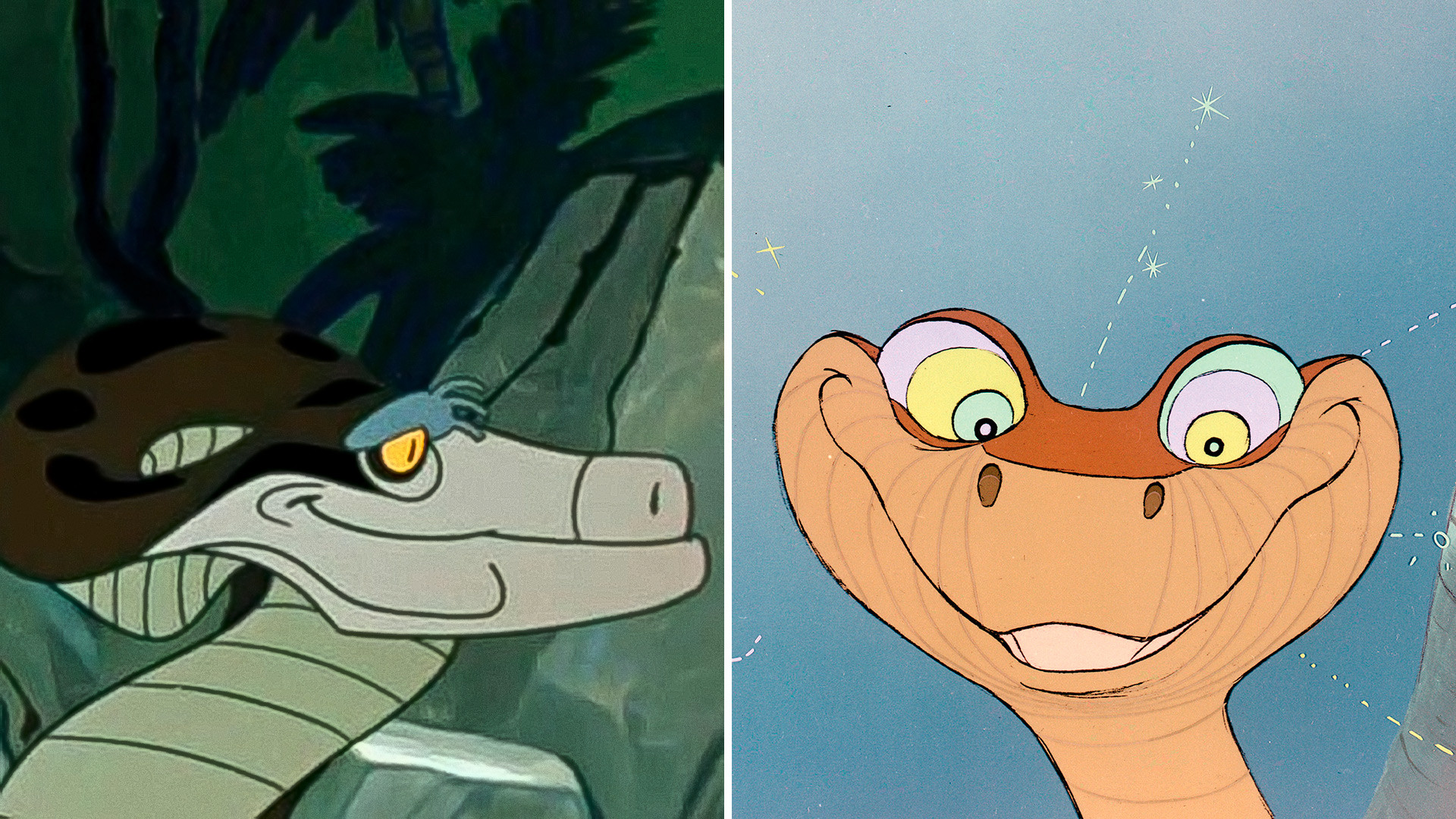

Even in the West the Soviet Winnie has enjoyed better press than his American counterpart
Fyodor Khitruk/Soyuzmultfilm“The Soviet Winnie the Pooh enthused the Americans”; “Brown, plumpy, and kind: The Americans are delighted with the Soviet Winnie the Pooh”; “The Soviet Winnie the Pooh charmed an American observer” – these titles in Russian online media were a reaction to Natalia Winkelman’s piece in The Daily Beast. She compared the two cartoon
It seems that even in the West the Soviet Winnie (Vinni Pukh in Russian) has enjoyed better press than his American counterpart when the two are compared. A few years ago, Winkelman’s colleague from BuzzFeed found 15 reasons why Vinni Pukh is “undeniably better.” Among those mentioned
Although the remark about Pukh looking more like a real bear is debatable (most of the time his paws are detached from the rest of his body) one thing seems to be true. The Soviet Winnie the Pooh is somewhat more sophisticated and what seems to be the most important thing, is much more human-like. This point can be illustrated by another non-Russian reviewer: “Just look at the way [Soviet] Pooh and Piglet move in this cartoon – so simple yet so much personality and humor throughout. There’s a moment when Pooh is talking to Piglet and he takes a deep breath before speaking. It is absolutely beautiful. You can truly feel these characters thinking before they act.”

It would be a mistake to expect singing bears in the Adventures of Mowgli
Roman Davydov/SoyuzmultfilmEveryone remembers joyful songs from the famous US cartoon, while in the case of the Soviet one it would be a mistake "to expect singing bears and swing-dancing, cool-cat apes – the Adventures of Mowgli is a totally different beast, darker and more primal,” The Daily Telegraph notes. In the same vein, a Russian reviewer highlights the things that distinguish the cartoons from each other, like Mowgli himself. Unlike Disney’s cartoon, where the main hero is “a joyful and harmless boy,” his Soviet counterpart is “a strong savage with a dagger” who was “in reality raised by wolves.”
At the same

The adventures of the hare and the wolf in the Soviet cartoon series Well, Just you wait! were immensely popular in the USSR since it was first aired in the late 1960s. The plot was always the same although the characters were immersed in different life situations: The wolf tried to catch the hare against all the odds. The main storyline is similar to Metro-Goldwyn-Mayer’s Tom and Jerry. Some Russian media outlets assert that the Soviet authorities viewed the wolf and the hare’s uneasy relations as a response to the American cartoon. At the same

The Soviet cartoon series Well, Just you wait! was immensely popular in the USSR
Vyacheslav Kotenochkin/Soyuzmultfilm
Look at some animated films from Russia that have been watched and loved all over the world
If using any of Russia Beyond's content, partly or in full, always provide an active hyperlink to the original material.
Subscribe
to our newsletter!
Get the week's best stories straight to your inbox